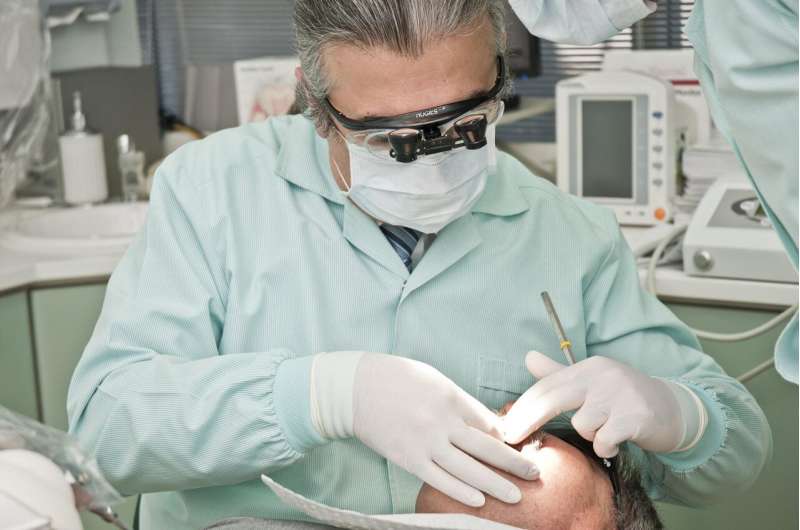Revolutionary Imaging Reveals How HIV-1 Viral Cores Enter the Nucleus

New cryo-electron microscopy research uncovers how HIV-1 viral cores adapt and pass through the nuclear pore, opening new avenues for antiviral development.
Scientists have achieved a groundbreaking milestone in understanding HIV-1 infection by capturing high-resolution images of viral cores as they enter the cell nucleus. Led by Professor Peijun Zhang at Diamond Light Source, the research employed advanced cryo-electron microscopy (cryo-EM) to observe nearly 1,500 HIV-1 viral cores during the process of nuclear import—a vital step in the virus's lifecycle. Published in Nature Microbiology, the study utilized cell-permeabilization techniques at the UK’s National Electron Bio-Imaging Centre (eBIC), allowing researchers to mimic how HIV infects human cells and visualize the viral cores in situ.
The imaging revealed that the shape and flexibility of the viral capsid are essential for successful nuclear entry. Moreover, the nuclear pore complex (NPC), traditionally viewed as a static gateway, was observed to be highly adaptable, capable of expanding and changing shape to facilitate the passage of the viral cores. The research also highlighted the importance of host factors like CPSF6, a protein that plays a critical role in the early stages of viral invasion and integration.
Interestingly, not all viral cores make it into the nucleus. Fragile cores or those unable to connect with CPSF6 tend to get trapped at the nuclear pore or remain outside the nucleus. This suggests that the nuclear pore functions as an active gatekeeper, influencing which viral particles successfully infect the host cell. This groundbreaking insight into the dynamic interaction between HIV-1 and human cellular structures refines our understanding of viral infection mechanisms.
HIV-1 has been a persistent challenge to global health since its identification in 1981, resulting in over 42 million deaths and over a million new infections yearly. This study advances the potential for targeted antiviral strategies, focusing on disrupting the virus's ability to modify the nuclear pore or compromise capsid stability. The findings demonstrate the power of in situ structural biology in revealing intricate cellular processes and may guide future therapies to block HIV at its most critical entry point.
Stay Updated with Mia's Feed
Get the latest health & wellness insights delivered straight to your inbox.
Related Articles
Nighttime Coffee Consumption Linked to Increased Impulsivity, Especially in Women
A groundbreaking study links drinking coffee at night to increased impulsivity, especially in females, highlighting potential behavioral risks for shift workers and healthcare professionals. Source: https://medicalxpress.com/news/2025-08-coffee-night-impulsivity-females.html
Innovative Skin Substitutes Offer New Hope for Severe Burn Treatment
Emerging skin substitute technologies offer new hope for treating severe burns by enhancing healing and preventing infection, potentially transforming patient recovery and outcomes.
Key Factors for Expanding Dental Care Access in the Safety Net
A new study identifies key factors such as workforce expansion, infrastructure investment, and Medicaid coverage that enhance dental care access in underserved communities through Federally Qualified Health Centers.
Using Fruit Flies in Developing New Treatments for Alcohol Use Disorder
Scientists are leveraging fruit flies to gain insights into developing effective treatments for alcohol use disorder, utilizing their genetic similarity to humans and response to alcohol-related behaviors.



